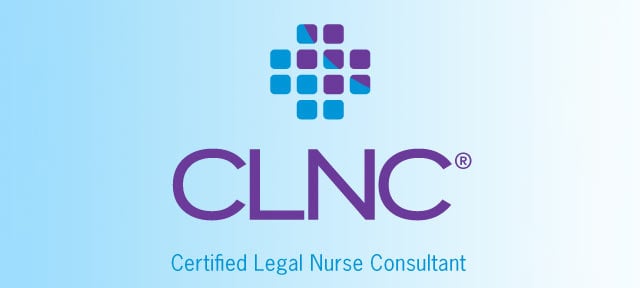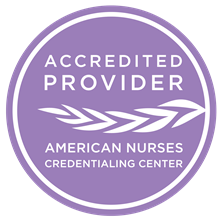Pharmaceutical manufacturers have long utilized ghostwriters to help “write” scientific papers emphasizing benefits and minimizing risks of their products. This culminated in a 2010 Congressional Report calling on medical schools, journals and the National Institute of Health to limit the practice.
You’d think that would have put an end to such shady practices, but it hasn’t. A recent article in the Guardian reports that there are more than 250 companies engaged in the business of planning clinical publications for the pharmaceutical industry. There is even an International Society for Medical Publication Professionals, which claims in excess of 1,100 members dedicated to publication of medical research.
As a Certified Legal Nurse Consultant, you’ve probably heard of the NuvaRing®. That’s the trade name for a combined hormonal contraceptive vaginal ring used for birth control. The NuvaRing has been associated with adverse side effects such as:
- Blood clots
- Cerebrovascular accidents
- Deep vein thrombosis (DVT)
- Myocardial infarction
- Pulmonary embolism
- Stroke
- Venous thromboembolism (VTE)
- And, if that’s not enough, death
Interestingly, two recent studies had completely different results. The first study, presented May 7, 2012 at the American Congress of Obstetricians and Gynecologists (ACOG) 60th Annual Clinical Meeting, found no increased risk of VTE development between the NuvaRing and combined oral contraceptives.
The second study, published May 10, 2012 by the BMJ, found a 90% higher risk of venous thrombosis in NuvaRing users.
Aside from studying different cohorts of women what accounts for the differences in results? Would you be surprised to learn that the first study was funded by Merck, one of the manufacturers of the NuvaRing while the second study, published by the BMJ, was done by a group of independent researchers? Did the funding make the difference or influence the results?
You may remember it was alleged in the Vioxx® cases that Merck tried to influence a doctor who was getting ready to publish a medical journal article critical of Vioxx. Could this NuvaRing study be a case of a different type of influence?
As a Certified Legal Nurse Consultant, whether plaintiff or defense, don’t always believe what you read – even in a medical journal. Pay attention to the authors and their conflicting affiliations as well as who’s funding the research. Notify your attorney-client of any conflicts. And remember, when it’s too good to be true, it pays for the Certified Legal Nurse Consultant to check whether the study was paid for by the manufacturer.
I’m just sayin’,
P.S. Comment and share your thoughts on pharmaceutical manufacturers’ use of “influence.”









Fabulous article, Vickie. Although I have seen this type of info before, I might have forgotten in Review!!!!!
Well, so much for ‘authoritative literature’….it seems even research needs researching!
Where do you discover who funds the research described in an article? In the fine print?
Suzanne, research the authors, search for connections and cross-reference like crazy. It’s not always obvious or easy to discover.
Great article. It is a good reminder to be skeptical of some research studies that are published.